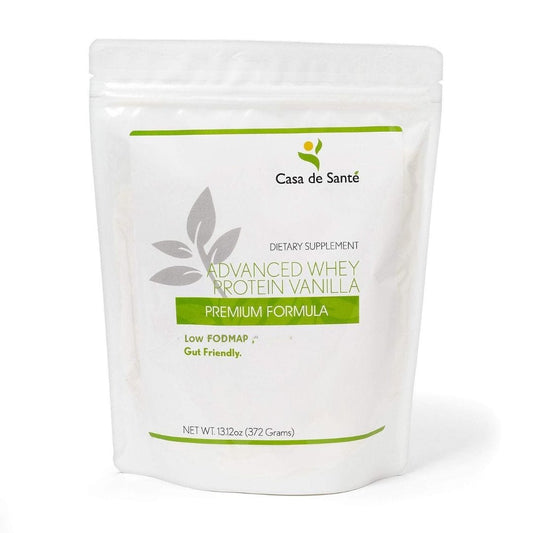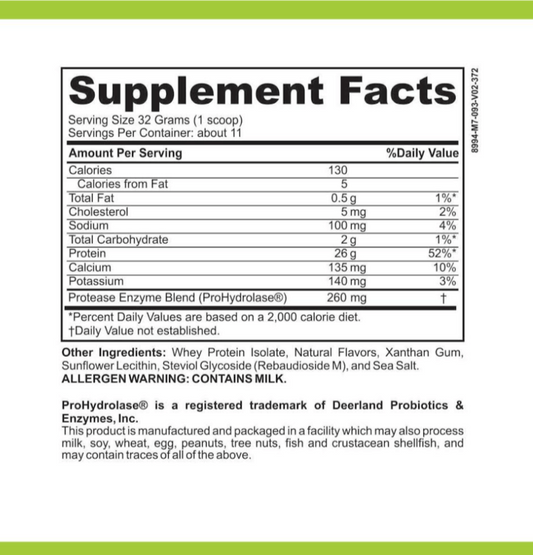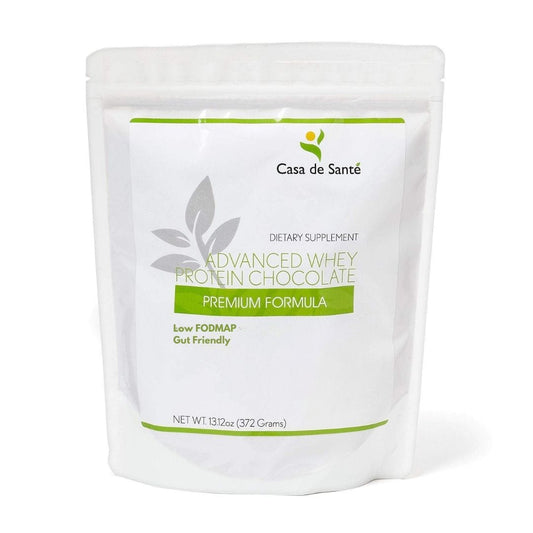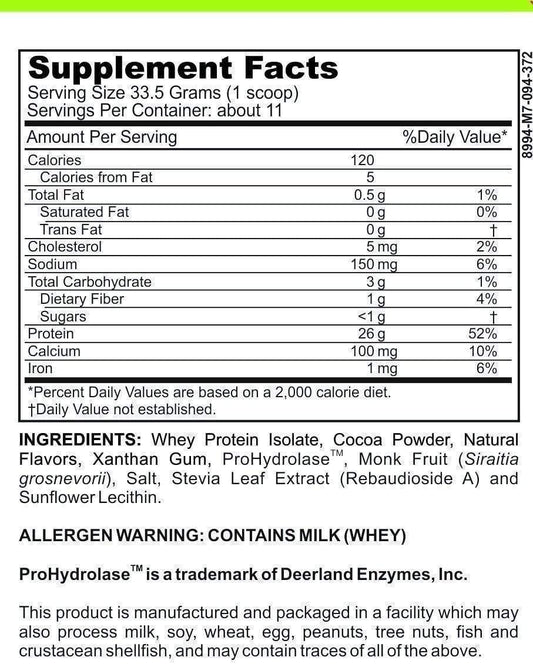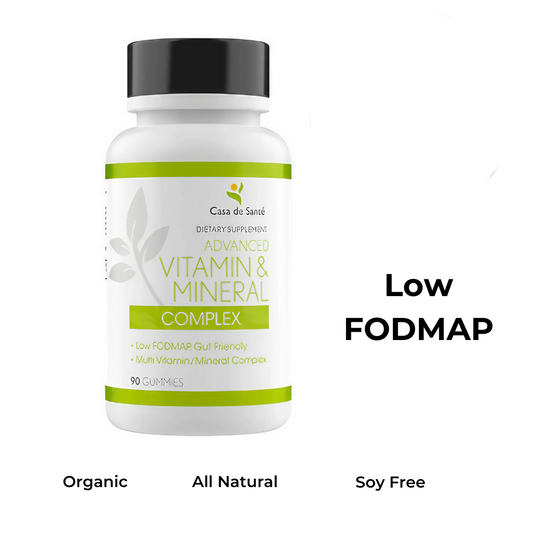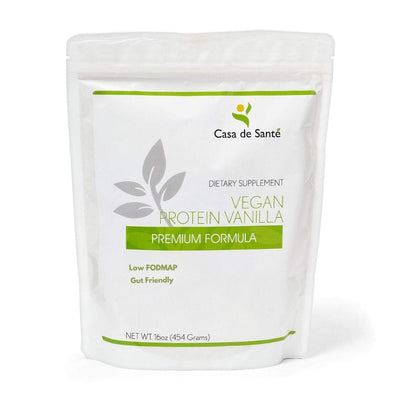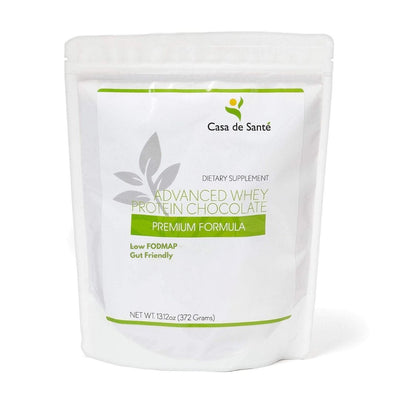Is Sweetcorn Easy To Digest
Is Sweetcorn Easy To Digest
Sweetcorn is a popular vegetable that is enjoyed by many people around the world. While it is known for its delicious taste and versatility in cooking, some people may wonder if sweetcorn is easy to digest. In this article, we will explore everything there is to know about sweetcorn and digestion, including the nutritional value of this vegetable, the science behind its digestion, and tips for preparing and consuming sweetcorn without discomfort.
Understanding the Digestive System
Before we delve into the specifics of sweetcorn and digestion, it is important to understand how the digestive system works. The digestive system is responsible for breaking down the food we eat into nutrients that can be absorbed by the body. The process starts in the mouth, where food is chewed and mixed with saliva. From there, it travels down the esophagus into the stomach, where it is further broken down by stomach acid and enzymes. Finally, the nutrients are absorbed into the bloodstream through the small intestine, while waste is eliminated through the large intestine and rectum.
The digestive system is a complex network of organs and tissues that work together to ensure that our bodies receive the nutrients they need to function properly. In addition to the mouth, esophagus, stomach, small intestine, large intestine, and rectum, the digestive system also includes the liver, pancreas, and gallbladder. These organs produce and secrete enzymes and other substances that aid in the digestion and absorption of nutrients. Without a properly functioning digestive system, our bodies would not be able to extract the energy and nutrients they need from the food we eat.
Nutritional Value of Sweetcorn
Sweetcorn is a great source of carbohydrates, fiber, and vitamins. One cup of cooked sweetcorn contains about 31 grams of carbohydrates, 3.6 grams of fiber, and significant amounts of vitamin C, thiamine, and folate. It also contains small amounts of protein and fat. The high fiber content in sweetcorn makes it a great food for promoting healthy digestion and preventing constipation. Additionally, the antioxidants in sweetcorn may help protect against certain diseases.
Another benefit of sweetcorn is that it is low in calories. One cup of cooked sweetcorn contains only about 143 calories, making it a great option for those who are trying to lose weight or maintain a healthy weight. Sweetcorn is also a good source of energy, as it contains complex carbohydrates that are slowly digested and provide a steady stream of energy throughout the day.
It is important to note that while sweetcorn is a healthy food, it is often served with added salt and butter, which can increase its calorie and sodium content. To keep sweetcorn healthy, try grilling or roasting it with a small amount of olive oil and herbs, or simply enjoy it plain. Sweetcorn can also be added to salads, soups, and stews for an extra boost of nutrition.
What Makes Sweetcorn Easy to Digest?
One of the reasons why sweetcorn is easy to digest is because it is a relatively low-fiber vegetable. While it does contain some fiber, it is not as difficult for the body to break down as other high-fiber foods like beans or nuts. Additionally, sweetcorn is a starchy vegetable, which means that it is easily digested by the body and provides a quick source of energy.
Another factor that contributes to the ease of digesting sweetcorn is its high water content. Water helps to soften the food and break it down in the digestive system, making it easier for the body to absorb the nutrients. Sweetcorn also contains a type of carbohydrate called glucose, which is easily absorbed by the body and provides energy without putting too much strain on the digestive system.
Furthermore, sweetcorn is a good source of vitamins and minerals that support digestive health. It contains vitamin C, which helps to protect the lining of the digestive tract and prevent inflammation. It also contains potassium, which helps to regulate fluid balance in the body and maintain healthy bowel movements. Overall, sweetcorn is a nutritious and easy-to-digest vegetable that can be a great addition to a healthy diet.
The Science Behind Digestion of Sweetcorn
The digestion of sweetcorn starts in the mouth, where the starches in the vegetable are broken down by an enzyme called amylase. Once the sweetcorn reaches the stomach, it is further broken down by stomach acid and other digestive enzymes. The nutrients are then absorbed into the bloodstream through the small intestine, while the remaining fiber is eliminated through the large intestine and rectum.
Interestingly, the yellow color of sweetcorn comes from a pigment called zeaxanthin, which is a type of carotenoid. Zeaxanthin is not only responsible for the color of sweetcorn, but it also has antioxidant properties that can help protect the eyes from damage caused by UV light and other harmful substances.
In addition to being a good source of fiber, sweetcorn is also rich in vitamins and minerals such as vitamin C, thiamin, and folate. These nutrients are essential for maintaining good health and can help prevent a range of diseases and conditions, including heart disease, stroke, and certain types of cancer.
Benefits of Eating Sweetcorn
In addition to its nutritional value, sweetcorn offers a range of health benefits. It is a good source of antioxidants, which help protect the body against free radicals and prevent oxidative stress. Additionally, the high fiber content in sweetcorn can help lower cholesterol levels and reduce the risk of heart disease. Finally, the carbohydrates in sweetcorn provide a quick source of energy, making it a great pre- or post-workout snack.
Furthermore, sweetcorn is also rich in vitamins and minerals such as vitamin C, thiamin, and folate. Vitamin C is essential for maintaining a healthy immune system, while thiamin and folate are important for proper brain function and development. Sweetcorn also contains lutein and zeaxanthin, which are beneficial for eye health and can help prevent age-related macular degeneration.
Other Foods That Are Easy to Digest
While sweetcorn is a relatively easy-to-digest vegetable, there are other foods that can also be gentle on the digestive system. These include cooked fruits and vegetables, broth-based soups, lean meats, and whole grains like rice and oatmeal.
It is important to note that everyone's digestive system is different and what works for one person may not work for another. It is best to experiment with different foods and pay attention to how your body reacts. Additionally, incorporating probiotic-rich foods like yogurt and kefir can also aid in digestion and promote a healthy gut.
Factors That Affect Digestion of Sweetcorn
While sweetcorn is generally easy to digest, there are some factors that can affect how well your body digests it. For example, if you eat too much sweetcorn too quickly, it can cause digestive discomfort. Additionally, if you have a digestive condition like irritable bowel syndrome or Crohn’s disease, you may find that sweetcorn exacerbates symptoms. Finally, if you eat sweetcorn that is not fully cooked or is underripe, it can be harder for your body to digest.
It is also important to note that the way in which sweetcorn is prepared can affect its digestibility. For instance, if sweetcorn is cooked in a lot of oil or butter, it can slow down the digestive process and cause discomfort. On the other hand, steaming or boiling sweetcorn can make it easier for your body to digest. Additionally, adding fiber-rich foods like beans or leafy greens to a sweetcorn dish can help to regulate digestion and prevent discomfort.
How to Prepare Sweetcorn for Easy Digestion
To make sure that sweetcorn is easy to digest, it is important to prepare it properly. Start by choosing fresh sweetcorn that is in season. Avoid sweetcorn that is discolored, moldy, or has dry kernels. To prepare sweetcorn, remove the husks and silks and wash the ears under running water. If you are boiling the sweetcorn, add it to a pot of boiling water and cook for 5-7 minutes. For grilling, preheat your grill to medium-high heat and grill the sweetcorn for 10-15 minutes, turning occasionally.
Tips for Including Sweetcorn in Your Diet Without Discomfort
If you enjoy sweetcorn but want to avoid digestive discomfort, there are some tips you can follow. First, start by eating small portions of sweetcorn and gradually increasing the amount over time. Chew your food thoroughly and eat slowly to aid in digestion. Finally, if you find that sweetcorn causes discomfort, try pairing it with other easy-to-digest foods like cooked vegetables or lean protein.
Common Myths About Sweetcorn and Digestion
There are several common myths about sweetcorn and digestion that are simply not true. For example, some people believe that sweetcorn is difficult to digest because of its cellulose content. However, while sweetcorn does contain cellulose, it is not present in large enough quantities to affect digestion. Another myth is that sweetcorn causes gas, but this is only true in some people who are sensitive to certain sugars in sweetcorn.
When to Avoid Eating Sweetcorn
While sweetcorn is generally easy to digest, there are some situations where it may be best to avoid it. For example, if you have a digestive condition like irritable bowel syndrome or ulcerative colitis, sweetcorn can exacerbate symptoms like bloating and diarrhea. Additionally, if you are allergic to corn or have a corn sensitivity, you should avoid sweetcorn.
Different Ways to Cook and Serve Sweetcorn
Sweetcorn is a versatile vegetable that can be cooked and served in many different ways. Some popular methods include boiling, grilling, or roasting the sweetcorn. Sweetcorn can be served on the cob with butter and salt, added to salads or soups, or used in recipes like cornbread or corn chowder.
How to Identify if You Have a Digestive Sensitivity to Sweetcorn
If you suspect that you may have a digestive sensitivity to sweetcorn, there are some common symptoms to look out for. These include bloating, gas, diarrhea, stomach pain, and nausea. If you experience these symptoms after eating sweetcorn, it may be a good idea to speak with your doctor about potential food allergies or sensitivities.
Seeking Medical Attention for Chronic Digestive Problems
If you experience chronic digestive problems like bloating, constipation, or diarrhea, it is important to speak with a healthcare professional. These symptoms may be a sign of an underlying condition like irritable bowel syndrome or celiac disease. Your doctor can perform tests to determine the root cause of your symptoms and recommend a treatment plan to relieve your discomfort.
Conclusion
In conclusion, sweetcorn is generally an easy-to-digest vegetable that offers many health benefits. By understanding the nutritional value of sweetcorn, the science behind its digestion, and tips for preparing and consuming it without discomfort, you can enjoy this delicious vegetable as part of a healthy diet. If you are unsure about your tolerance for sweetcorn, start by eating small portions and monitoring your symptoms. And if you experience chronic digestive problems, don't hesitate to speak with a healthcare professional for advice and treatment.







